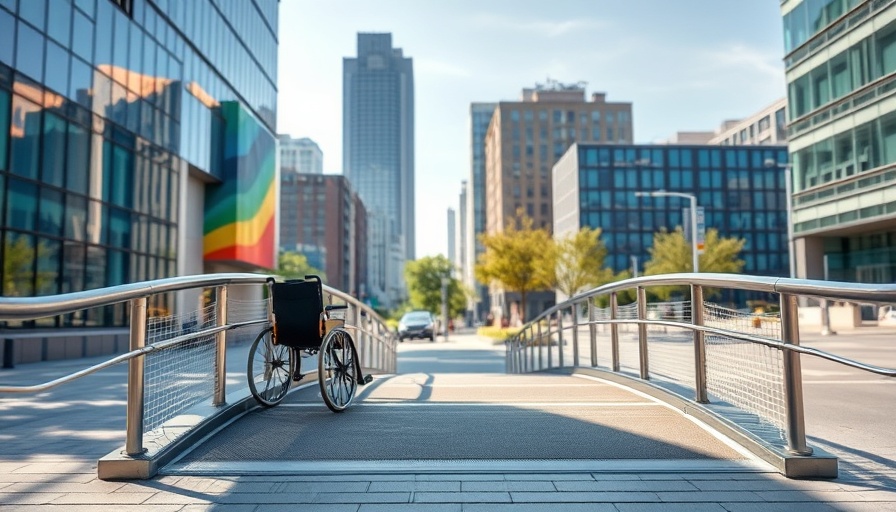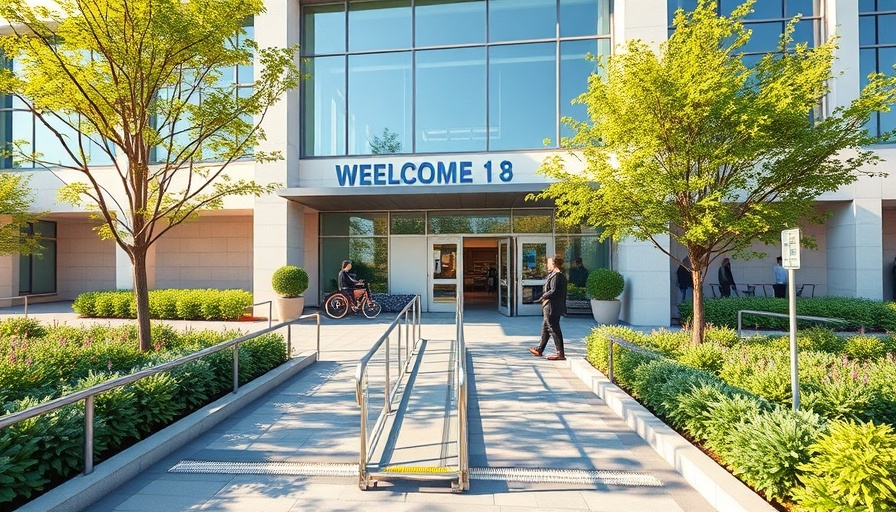
Understanding Bathroom Accessibility Standards in New Jersey
Bathroom accessibility is an essential issue as New Jersey continues to grow and urbanize. The inflexibility of infrastructure can be particularly challenging for those with disabilities, especially as they navigate public spaces that should ideally be welcoming and accommodating. The existing wheelchair accessibility standards under the Americans with Disabilities Act (ADA) and the New Jersey Uniform Construction Code are meant to ensure public restrooms are functional for individuals with disabilities. These guidelines set baseline requirements such as door widths, stall sizes, grab bar placements, and sink heights to facilitate access.
Yet, many stakeholders argue that these regulations often fail to address the practical needs of users. For instance, although a restroom might technically comply with the law, it could still fall short in functionality. Challenges such as cramped stall sizes, minimal turning spaces, and poorly placed fixtures often lead to frustrating experiences for wheelchair users. Accessibility shouldn't merely be about regulatory compliance; it should also focus on the comfort and dignity of all restroom users.
The Gaps in Current Standards
New Jersey's regulations outline essential features, including the suggested number of accessible stalls in larger facilities and adequate signage, but they do not always extend to covering the specific experiences of users with varying disabilities. Thousands of individuals report facing real difficulties in public restrooms, even when facilities meet the minimum requirements. This gap often results in performers who overlook the realities of restroom use for individuals with mobility challenges, conflating compliance with practicality.
Timmy, a frequent user of public restrooms, highlights this struggle: "The stall may be large enough, but when I try to transfer to the toilet, there's simply not enough room to maneuver. And let’s not even get started on the location of sinks or the distance to the hand dryers." Such firsthand experiences reveal that many facilities can leave their users feeling frustrated rather than validated.
Real-Life Implications: Training and Awareness
One of the core issues stems from a lack of awareness among facility operators regarding the complexities of accessibility. Many staff members might not fully understand how to maintain compliant features or the importance of keeping pathways clear. This leads to scenarios where accessible stalls become blocked or improperly designated, further infringing on the autonomy of users who require assistance.
Enhancing awareness and training resources for facility managers and staff could drastically change the current landscape. A combination of educational campaigns, emphasizing the range of disabilities impacting restroom usability, and training to cultivate sensitivity can spearhead significant improvements in service quality.
What Needs to Change?
Efforts toward compliance must extend beyond minimum specifications. Public education campaigns can play a vital role in advocating for accessible restrooms. These campaigns should focus not only on business compliance but also on fostering empathy for individuals with varying abilities. Understanding the entire spectrum of disabilities, including hidden impairments, helps tailor facilities to meet everyone’s needs.
Moreover, stakeholders in the housing and urban planning sectors can collaborate to initiate inclusive design principles, moving from compliance-driven approaches to the holistic engagement of user experiences. This shift could result in improved facilities while simultaneously challenging perceptions surrounding disability accessibility.
Future Predictions: An Inclusive Society
As New Jersey and the U.S. continue to evolve, there is an opportunity for agencies and advocates to push for more comprehensive, user-focused accessibility measures. Future standards can provide robust requirements that encourage innovation in restroom design — integrating technology that helps better accommodate users.
As advocates and policymakers push for a stronger alignment of public facilities with community needs, an inclusive society could emerge. This demand will ripple across various sectors, from urban development to the hospitality industry, drawing attention to those often overlooked as public spaces evolve.
Take Action for Change
Ultimately, awareness and advocacy for improved restroom accessibility will benefit not only individuals with disabilities but also society as a whole. Consider reaching out to local representatives to discuss the pressing need for adherence to and enhancement of accessibility standards. Together, we can advocate for restroom facilities that not only comply with laws but also create a welcoming and dignified experience for everyone.
Remember, advancing accessibility is a step forward for us all.
 Add Row
Add Row  Add
Add 




Write A Comment